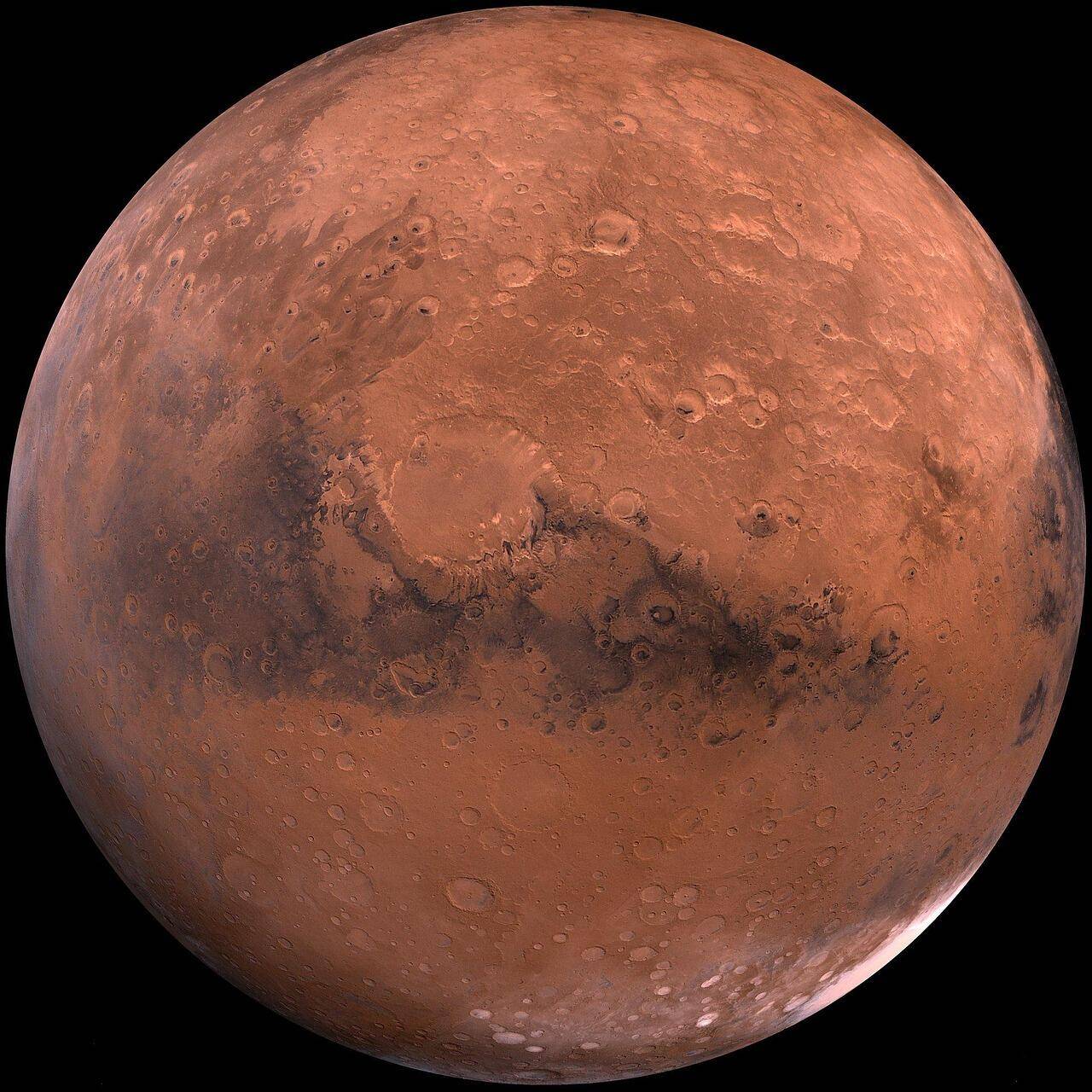
Introduction
What to Look for in a Planetary Astrophotography Camera
When selecting a camera for planetary astrophotography, consider the following:
- High Frame Rates: Essential for capturing fleeting moments of good seeing.
- Small Pixel Size: Improves resolution and detail.
- Global or Fast Rolling Shutter: Minimizes motion blur.
- Low Read Noise: Reduces noise in high-speed imaging.
- High Quantum Efficiency (QE): Maximizes light sensitivity.
Top Planetary Astrophotography Cameras for 2025
1. OGMA GP678C - Best Color Camera for Planetary Imaging
An exceptional choice for planetary imaging, featuring a Sony IMX678 sensor with high quantum efficiency and a small pixel size of 2.0µm. It offers high frame rates, allowing you to capture fleeting details in Jupiter's cloud bands or Saturn's rings with excellent color accuracy. Its USB 3.0 interface ensures fast data transfer, which is ideal for high-speed planetary capture.
2. OGMA GP678M - Best Monochrome Camera for Advanced Planetary Imaging
For those who prefer monochrome imaging for increased detail and flexibility with filters, the OGMA GP678M is a top contender. It utilizes the same Sony IMX678 sensor without a Bayer filter, resulting in greater sensitivity and finer detail. When paired with LRGB or narrowband filters, it delivers stunning planetary images with high contrast and resolution.
3. ZWO ASI462MC - A Budget-Friendly Alternative
A well-known budget option for planetary imaging. Featuring a Sony IMX462 sensor, it offers excellent infrared sensitivity, making it ideal for capturing planets in near-infrared light. However, compared to the OGMA GP678C, it has a smaller resolution and slightly lower frame rates.
4. QHY5III678M - A High-Performance Monochrome Option
Directly competes with the OGMA GP678M, using the same IMX678 monochrome sensor. It offers excellent performance for planetary imaging but comes at a slightly higher price point.
Comparative Table of Planetary Cameras
| Camera Model | Sensor | Pixel Size | Frame Rate | Color/Mono | Price |
|---|---|---|---|---|---|
| OGMA GP678C | Sony IMX678 | 2.0µm | High | Color | Lower |
| OGMA GP678M | Sony IMX678 | 2.0µm | High | Monochrome | Lower |
| ZWO ASI462MC | Sony IMX462 | 2.9µm | Medium | Color | Mid |
| QHY5III678M | Sony IMX678 | 2.0µm | High | Monochrome | Higher |
Conclusion: Which Camera Should You Choose for Planetary Imaging?
If you’re looking for the best planetary astrophotography camera, the OGMA GP678C is an excellent color option, offering high frame rates and superior sensitivity at an affordable price. For those who prefer monochrome imaging, the OGMA GP678M provides greater flexibility and increased contrast for capturing fine planetary details. While ZWO and QHY offer competitive models, OGMA delivers comparable or superior performance at a better price point.
For more options and expert recommendations, visit OGMA's Astrophotography Cameras.